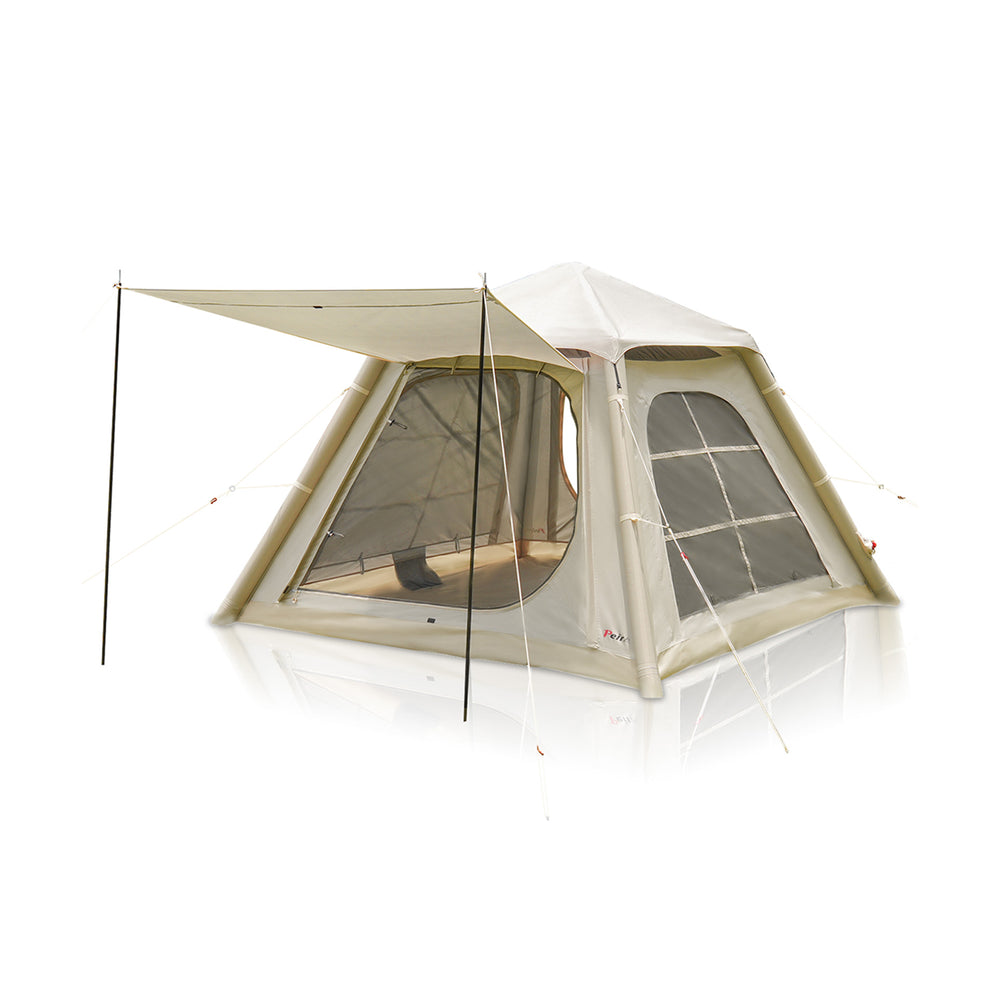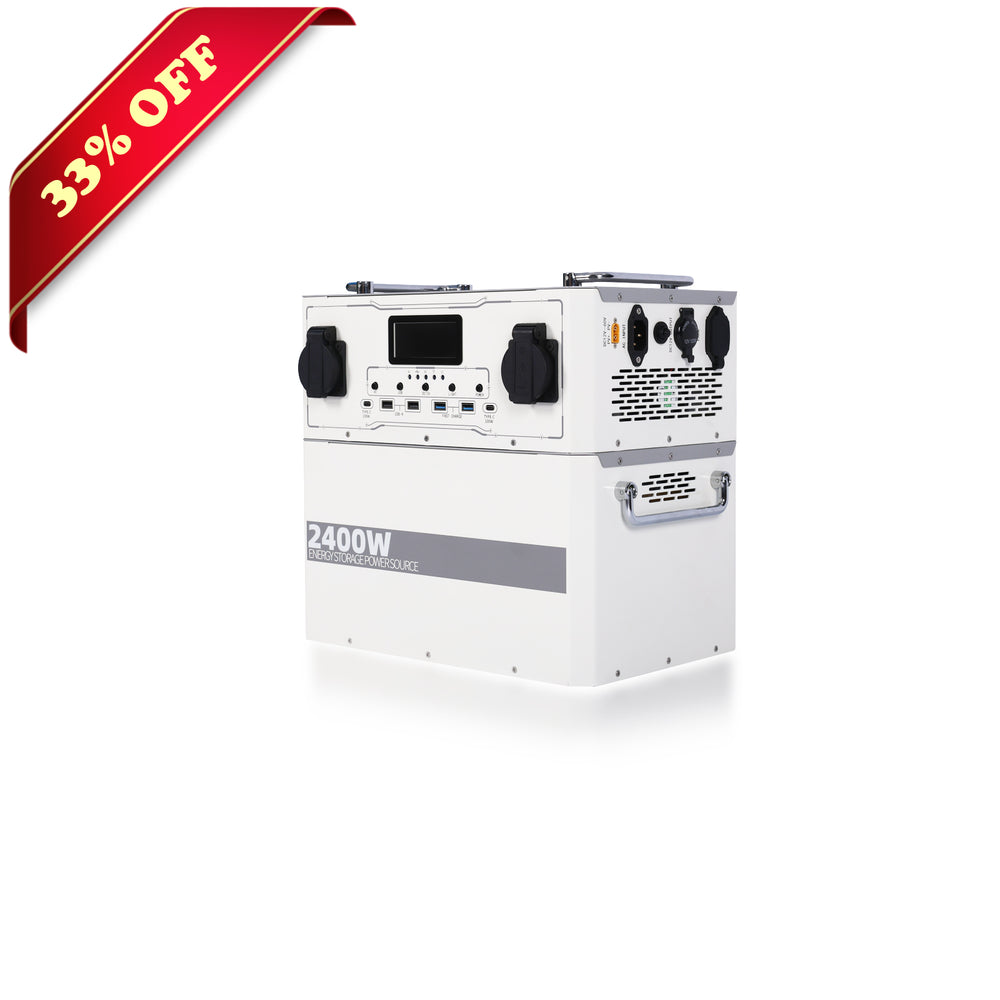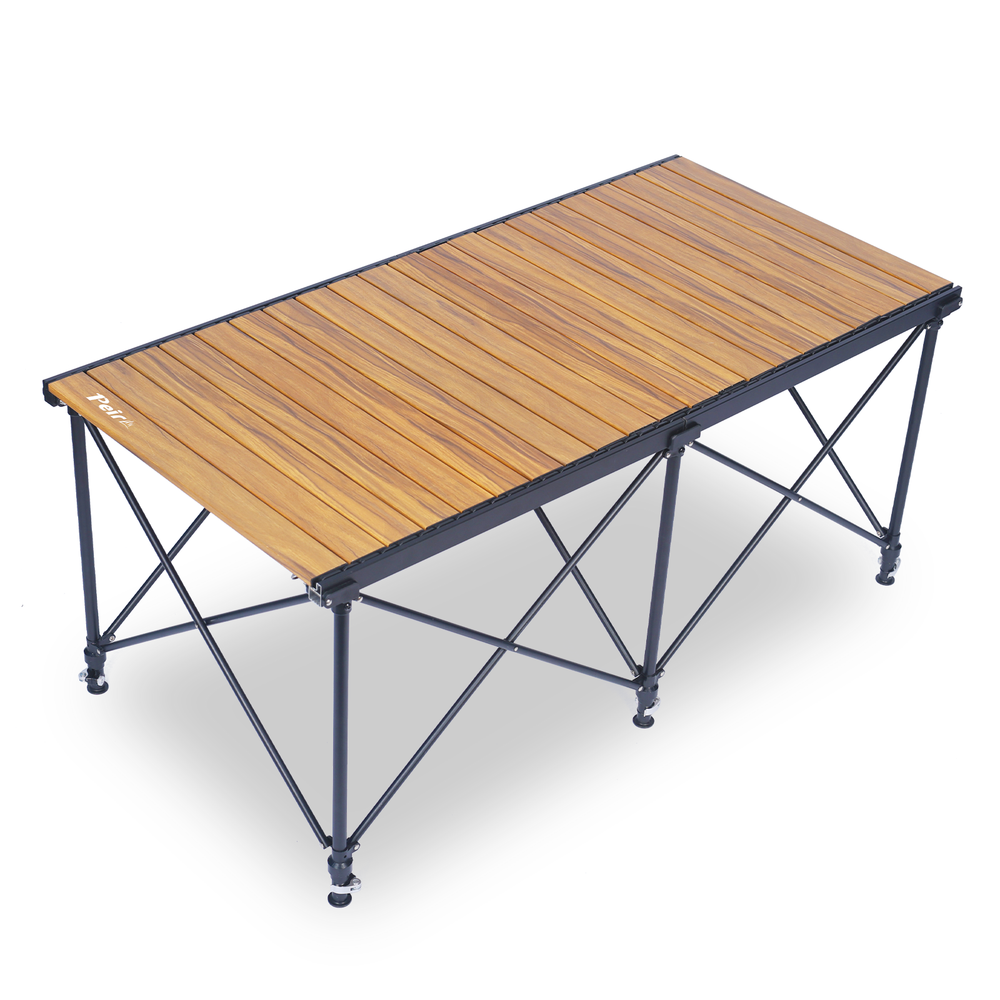Inflatable tents, also called air tents, are becoming popular among campers because they are easy to set up and have modern designs. But many people wonder if they are reliable in strong winds. The simple answer is yes, but there are some details to consider. Let’s explore their benefits and drawbacks and learn how to use them effectively in windy conditions.
The Design Advantage of Inflatable Tents
Because of their unique design, inflatable tents work well in windy weather. Instead of traditional poles, these tents have air beams—flexible air-filled tubes—to hold up the structure. These beams can bend and absorb wind pressure without breaking, which often happens with rigid poles.
This design makes the tent more durable and helps evenly spread the wind’s force. In windy conditions, an inflatable tent’s ability to flex and move with the wind reduces the chance of damage compared to regular tents. Even if one air beam deflates, the tent can stay up if adequately secured.
The distinctive structure of inflatable tents is a significant factor in their reasonable ability to withstand strong winds. The air-filled frame of inflatable canopy tents is more flexible in design, allowing them to withstand the impact of wind forces better. When facing strong winds, the flexible framework will bend slightly against the wind, so it can prevent the kind of breakage that may occur with a rigid mental frame and reduce wind resistance.
Moreover, most inflatable tent designs incorporate aerodynamic principles. This further enhances their stability in windy conditions. These two factors make inflatable tents resist being blown over and reduce the risk of damage to surrounding areas.
Material strength
Inflatable tents commonly utilize polyester fabric due to their flexibility and tear resistance, which are well-known characteristics of this material. Polyester helps protect the flexible inflatable canopy tents from ripping in strong winds. However, it’s important to note that no tent can completely prevent damage from sharp debris carried by high winds. Using inflatable tents in extreme weather is not advised due to safety concerns.
Portability
The greatest advantage of portability also enhances the adaptability of inflatable tents in strong gusts. It contributes a lot for quick setup and takedown in windy conditions and enables people to swiftly avoid approaching storms. Additionally, inflatable canopy tents are less constrained by terrain, even accommodating slopes. This flexibility grants their owners greater freedom in choosing sheltered locations.
Are Inflatable Tents Reliable in Windy Weather?
When preparing for a camping trip, one of the primary concerns for campers is how their tent will endure in high winds. Inflatable tents, or air tents, have surged in popularity thanks to their quick setup, portability, and lightweight design. Yet, many people still wonder how well these tents can handle wind. Let’s take a closer look at the factors that contribute to their wind resistance and how they compare to traditional tents in such conditions.
Key Features of Inflatable Tents for Wind Resistance
Aerodynamic Structure for Stability
One of the standout features of inflatable tents is their aerodynamic design, which is specifically optimized to reduce wind resistance. Unlike traditional tents, which may catch the wind and face more strain, air tents are engineered to minimize the impact of gusts. The inflatable framework allows the tent to absorb and distribute wind pressure, making it more stable even during strong winds. These tents also utilize advanced, durable materials that help them withstand adverse weather conditions without losing strength or stability.
Fast and Easy Setup
Inflatable tents shine when it comes to setting up quickly, which is especially important in windy weather. Traditional tents can take time to assemble, leaving them vulnerable to gusts as you try to stake them down. However, air tents can be inflated in a matter of minutes, offering several benefits:
Quick Inflation: No need for manual assembly or complex structures; simply inflate the tent, and you’re ready to go. This reduces the time the tent is exposed to the elements, ensuring that it remains secure even when the wind picks up.
Swift Deployment: The fast setup minimizes the exposure to harsh weather, such as wind, that would otherwise complicate traditional tent setup.
This feature makes inflatable tents especially appealing for campers who are looking to avoid the hassle of dealing with gusty winds while pitching their shelter.
Flexibility and Durability
Another major advantage of inflatable tents is their flexibility. These tents can adapt to strong winds, bending and flexing in response to pressure rather than maintaining a rigid structure like traditional tents. This adaptive quality significantly reduces the likelihood of damage during windstorms, providing you with a dependable shelter. Additionally, inflatable tents are made with high-quality, durable fabrics that are specifically engineered to withstand the elements. Their reinforced seams and weather-resistant materials ensure that the tent remains intact, even in challenging environments.
Wind-Resistant Fabrics and Construction
The materials used in inflatable tents are designed to stand up to the harshest weather. Reinforced seams and specially engineered fabrics give these tents additional strength, ensuring they don’t tear or stretch under pressure. These fabrics are also weather-resistant, which means they can handle not only strong winds but also rain, ensuring a dry and stable camping experience. This makes air tents a solid choice for locations where high winds are common.
How Well Do Air Tents Handle Wind?
1. Stability in Strong Winds
One of the key concerns for campers is whether an air tent can withstand strong winds. Surprisingly, air tents perform very well in windy conditions. The inflatable beams are flexible, which means they can bend and absorb wind pressure more effectively than rigid poles. Traditional tents with metal or fiberglass poles can snap or bend under extreme pressure, whereas the flexible air beams of an air tent can flex with the wind, making them less likely to break.
However, the performance of an air tent in the wind also depends on other factors such as the tent's shape, size, and the quality of the materials used. For instance, air tents from OLPRO, like the OLPRO Odyssey Breeze 8 Berth Inflatable Tent is designed with durable, high-quality materials and feature aerodynamic shapes that minimise wind resistance.
2. Quick Setup and Breakdown
In windy conditions, the ability to quickly set up and take down a tent is crucial. Air tents are incredibly easy to pitch, often taking less than 10 minutes with the help of an air pump. This rapid setup is a significant advantage when the weather suddenly turns, allowing campers to quickly secure their shelter. Additionally, air tents can be deflated just as quickly, making packing up a breeze if high winds persist.
3. Securing an Air Tent
Properly securing your air tent is essential to its performance in the wind. Most air tents come with multiple pegging points and guy lines, which help stabilize the tent. For example, OLPRO air tents are equipped with reinforced pegging points and reflective guy lines, designed to provide maximum stability. Ensuring that all guy lines are tensioned correctly and pegged firmly into the ground will help your air tent stand firm even in gusty conditions.
Recommend:
Inflatable Tent Strengths
At first glance, inflatable tents might seem like a novelty. But ditch any preconceptions about flimsy pool toys – these shelters pack some surprising advantages that make them a smart choice for many campers. Let’s look at where inflatables excel:
- Wind Handling: Their curved shapes naturally deflect wind more effectively than boxy tents with poles. This design reduces the strain on the structure, making it handle gusty conditions with less risk.
- Flexibility: High-quality air beams can flex in gusts without snapping like rigid poles. This ability to yield and rebound can prevent catastrophic failures in strong winds.
- Setup Simplicity: Especially in strong winds, fighting with traditional tent poles is a hassle – and a safety risk. Inflatable tents eliminate this struggle, offering a faster and more controlled setup experience.
- Packing Down in a Gale: Deflating an inflatable tent is often quicker and safer than wrestling a traditional tent in foul weather. This is a significant advantage for campers who might break camp in less-than-ideal conditions.
-
Air Beams vs. Poles
- Distribution of Force: Poles concentrate wind stress at specific points, while air beams distribute it more evenly across the structure.
- Flex vs. Break: Poles can snap under extreme pressure, leading to collapse. High-quality air beams flex, relieving strain, then spring back into shape.
- Critical Failure Points: A broken pole is a whole tent down. Air beams often have multiple chambers, meaning one small puncture doesn’t equal total disaster.
Important Note: Inflatable tents still demand thoughtful campsite selection despite their wind advantages. A tucked-away spot among trees or in a sheltered spot is always safer in extreme weather than a fully exposed hilltop.
FAQ
Are inflatable tents any good in the wind?
Air tents offer excellent flexibility, which is a significant benefit in windy weather.
Can inflatable tents handle heavy rain or snow?
It depends on the model. Look for waterproof ratings (higher numbers mean better protection) and sturdy construction. However, no inflatable tent is designed for extreme alpine conditions. They shine in windy weather and typical downpours.
Can an inflatable tent withstand winds of 50 mph?
Some high-quality models may handle gusts this strong if properly staked and pitched in a somewhat sheltered location. However, 50 mph is considered severe wind. Prioritizing safety in those conditions is essential, regardless of tent type.












 Peirhw Inflatable House Tent - Starry Night Love
Peirhw Inflatable House Tent - Starry Night Love
 Peirhw Glamping Tents - Friendship Castle
Peirhw Glamping Tents - Friendship Castle
 Peirhw Inflatable Canopy Tent - Adventurer
Peirhw Inflatable Canopy Tent - Adventurer



 Peirhw Portable Air Conditioner
Peirhw Portable Air Conditioner
 【Advance Sale】Peirhw Portable Power Station 2400W
【Advance Sale】Peirhw Portable Power Station 2400W
 【Advance Sale】Peirhw Portable Power Station 600W
【Advance Sale】Peirhw Portable Power Station 600W





 Peirhw Self Inflating Sleeping Pad
Peirhw Self Inflating Sleeping Pad
 Peirhw Air Mattress (8" Queen Type)
Peirhw Air Mattress (8" Queen Type)
 Peirhw Camping Sleeping Bag
Peirhw Camping Sleeping Bag


 Peirhw Butterfly-shaped Canopy for Camping
Peirhw Butterfly-shaped Canopy for Camping
 Peirhw Camping Waterproof Canopy (Cannot be Purchased Separately)
Peirhw Camping Waterproof Canopy (Cannot be Purchased Separately)


 Peirhw Outdoor Folding Chairs
Peirhw Outdoor Folding Chairs
 Peirhw Folding Camping Table
Peirhw Folding Camping Table












